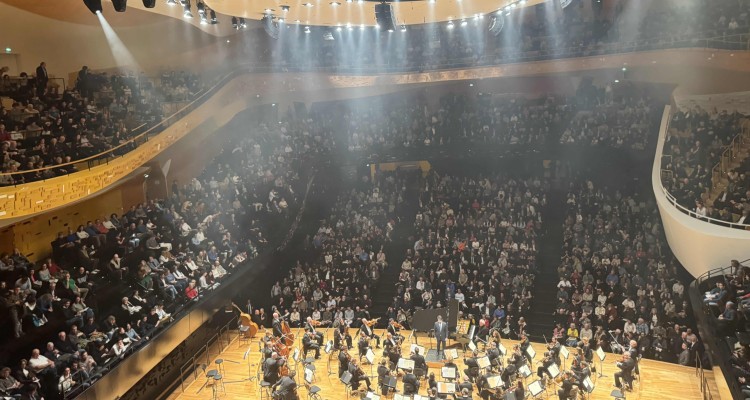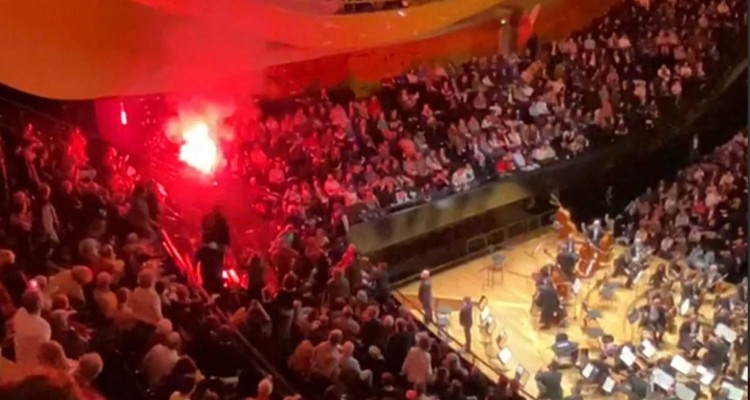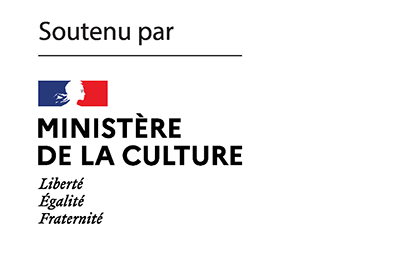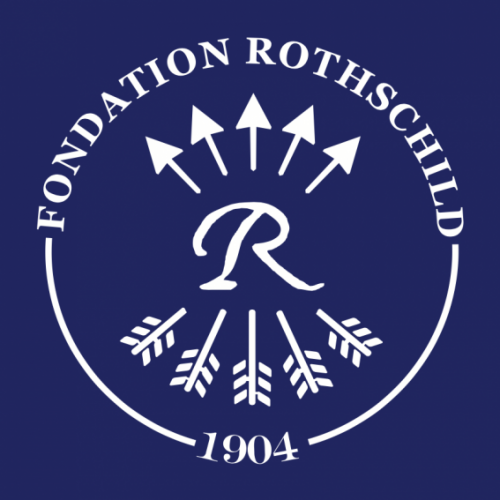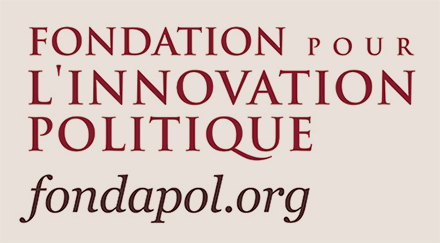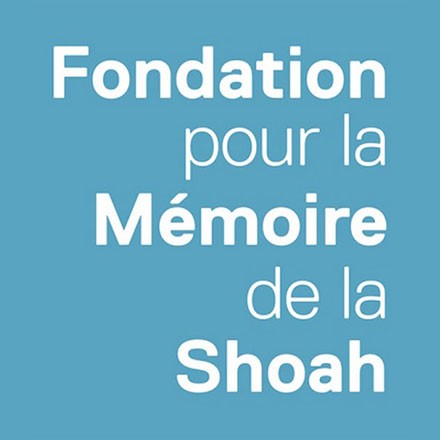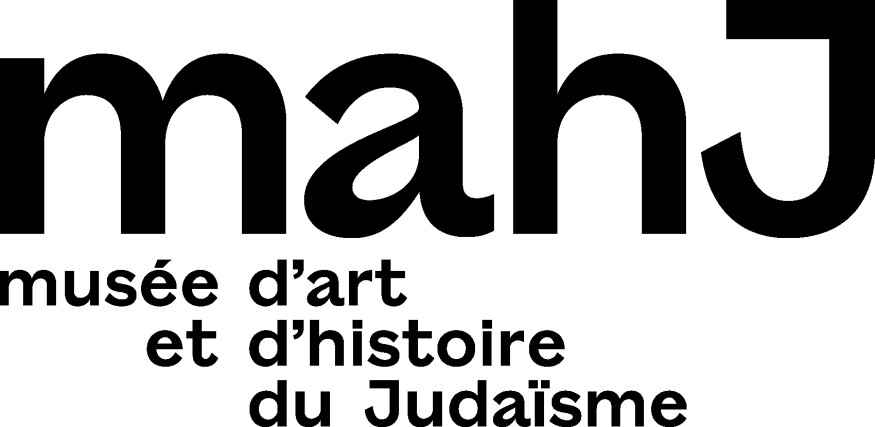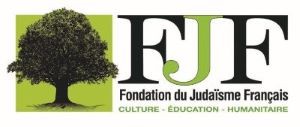A new volume has recently been published in the prestigious French Pléiade: L’Espèce humaine et autres écrits des camps[1]. Philippe Mesnard questions the nature of the proposed grouping, where Robert Antelme’s seminal work shares space with everyone from Piotr Rawicz and Charlotte Delbo to Elie Wiesel. In doing so, Mesnard argues–taking special issue with the generic and all-encompassing use of “camps” in the volume–this new Pléiade does not succeed in clearly highlighting the difference between the concentration camp system and the policy of extermination of the Jews.
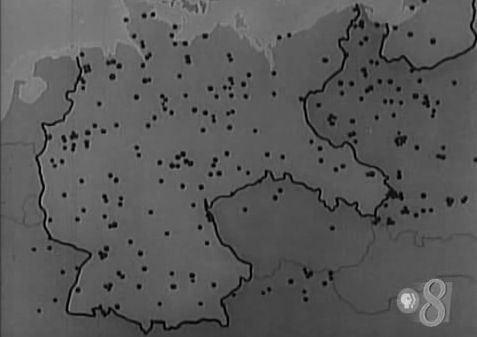
One cannot but rejoice at the news of this edition of concentration camp testimonies appearing in La Pléiade, a pillar of French publishing–a tradition in itself–which offers reference works accompanied by scholarly commentaries that are cherished not just by academics, but by lovers of literature everywhere. Such a publication thus engages a responsibility beyond the literary field. Moreover, the fact that it is an anthology, bringing together a selection of texts by different authors–a rarity for La Pléiade–invites us to question what guided its choice. From the outset, the title refers to L’Espèce humaine (1947) by Robert Antelme, and these other writings include L’Univers concentrationnaire (1946) by David Rousset, La Peinture à Dora (1946) by François Le Lionnais, Nuit et brouillard and De la mort à la vie (1955) by Jean Cayrol, La Nuit (1958) by Elie Wiesel, Le Sang du ciel (1961) by Piotr Rawicz, the trilogy Auschwitz et après (1970-1971) by Charlotte Delbo and L’Écriture ou la vie (1994) by Jorge Semprun. Thus, on the one hand, an emphasis on Antelme’s narrative; and, on the other hand, a selection of texts from a literature that we now know to be abundant. This leads one to ask how these different parts are presented, what their critical framework is, and whether the whole is coherent. Do the preface and introduction–the former by Henri Scepi, a specialist in the poetry of the French novel of the nineteenth and twentieth centuries; the latter by Dominique Moncond’huy, a seventeenth-century scholar and editor–provide any answers?
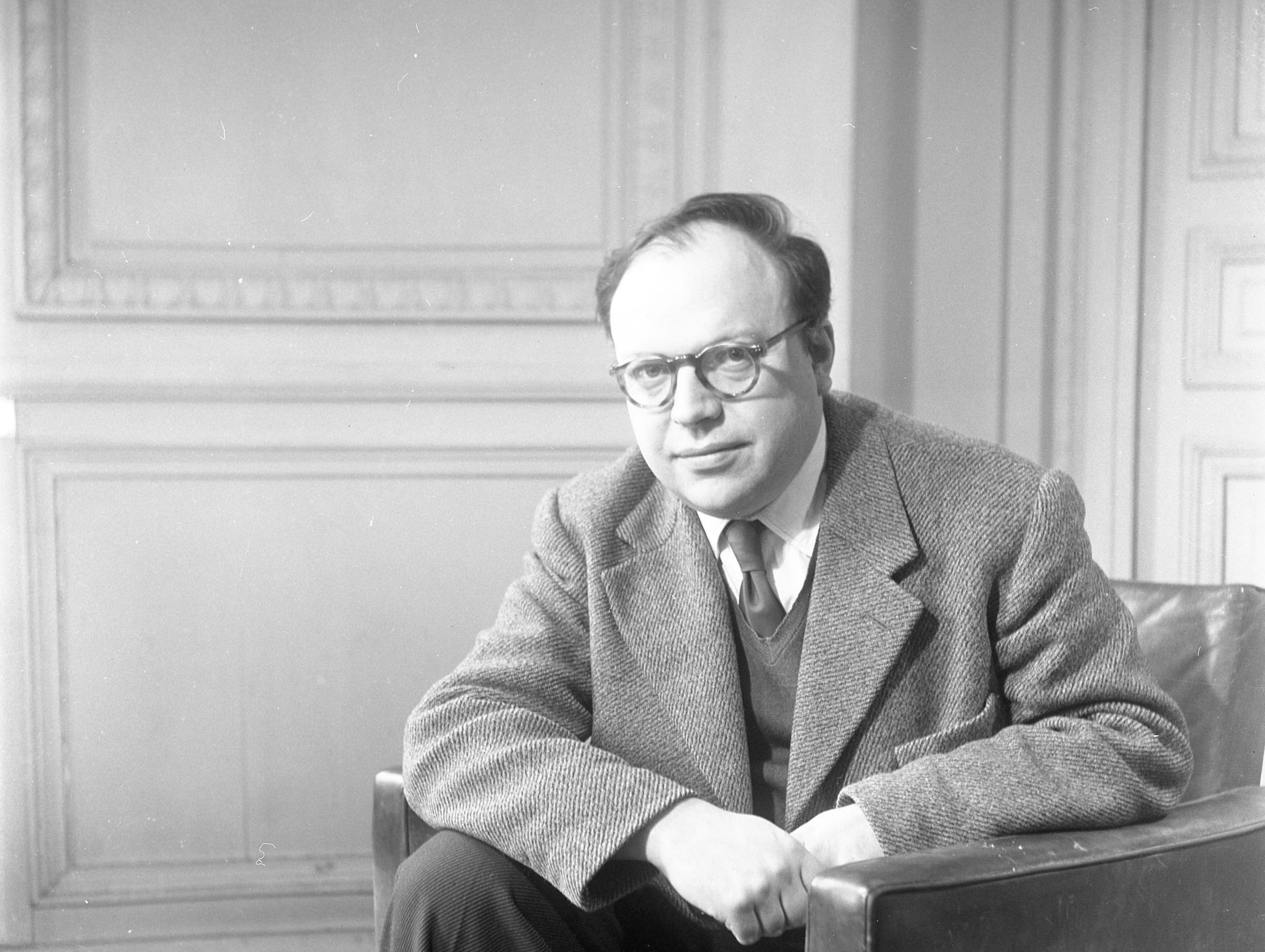
One title, two choices
The title, undoubtedly designed to attract attention, works on two levels: It refers both to the human species as such–a category called into question by Nazi terror, and all political terror–and the title chosen by Antelme, a survivor of Buchenwald. The fact that it is indicated, afterwards, that there are “other writings” obviously puts forward the flagship text of Gallimard, which republished it in 1957 (originally, Cayrol was at Seuil, Rousset at Editions du Pavois and then at Minuit, as were Delbo and Wiesel. Minuit was recently taken over by Gallimard, publisher of Rawicz and Semprun). These parameters of editorial policies are not insignificant, because everything suggests that we have here the placement of the products of the Great House; Antelme was, moreover, the subject of an unparalleled tribute in 1996. It is true that, if one frees oneself from its somewhat dated Hegelian-Marxist interpretation scheme, L’Espèce humaine is a singular work – Antelme wrote little besides, and what he did write was brief – whose literary value is not in doubt. But its stature is no greater than that of the works of Cayrol, Delbo, Rawicz, Rousset, Semprun or Wiesel. So why relegate them to the rank of “other writings from the camps”? Why not, quite simply, choose the title: Writings from the Camps? Doesn’t this do them an injustice, and trigger a debate that need not take place? One can also be surprised by the absence of Germaine Tillon or Micheline Maurel, the latter being mentioned only through the detour of Mauriac’s preface to his account.

The second choice, mentioned more explicitly, is that of the French language. The justification seems simple. These authors, we read, have “testified to the experience that was theirs […] in a language – French – that they have received as an inheritance or have chosen,” (page of announcement of the volume). The argument is repeated with some variations in the preface and introduction. There again, one is surprised by the reasoning. This volume, Moncond’huy argues, “proposes a journey through the written memory of the camps as it has been constituted in France over the years; it therefore also allows us to perceive how the analysis of the Nazi concentration camp phenomenon and the reflections it may have induced have evolved – and this, in a French and Francophone perspective, since it is true that the reception of this word of the survivors has proven to be linked to the specific context [ italics my own], notably of each country in the aftermath of the war and in the decades that followed.”
In so doing, part of Moncond’huy’s text develops a periodizing interpretation of the construction of concentration camp memory that has now passed into the vulgate in which the Eichmann trial figures as the pivotal moment in the awareness of the genocide of the Jews. One might then be surprised that none of the survivor-writers published here – with the possible exception of Wiesel – has recorded and reported in his or her work this so-called pivotal moment of the early 1960s. If, for example, Delbo returns to the testimony of her deportation, it is by transiting through the Algerian war, to which she devotes the decisive work Belles lettres (Minuit, 1961), after which she publishes Le Convoi du 24 janvier (1965), about her fellow deportees, and the trilogy Auschwitz et après.
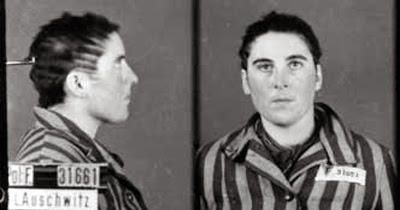
As for the French and Francophone specificity determining the choice of the corpus, the argument is surprising. Certainly, each nation has its own history and its own language is impregnated with it. However, the lack of visibility of racial (Jews and Gypsies) and non-political deportees until the 1970s, and then the growing awareness of the genocide of the Jews, are part of a general evolution in the representation of political and historical violence that has affected the whole of Europe. In this respect, the “French” factor is not a determining factor, and it would even be revoked by the published authors, despite their attachment to France. All the more so since, both on the book market and on the pedagogical level, it is by far the translation of Primo Levi’s Se Questo è un uomo (If This Is a Man) that remains the leading work, to the point of having been included in the French curriculum of the first year of secondary school a few years ago, well ahead of the works in this Pléiade.
Which camp?
This leads us to another major problem raised not by this edition, but rather by its two introductions. Which “camp” are we talking about? Nothing says it a priori: and why not the Gulag? Was the human species better treated there behind the Stalinist discourse of “re-education”? Even if this only concerns Nazism, there remains a problem that the authors try to resolve, without being able to do so, between the concentration camp system and the killing centers that participate in the specificity of the Shoah.
For the mentions of “extermination” or, by Moncond’huy, of the “genocide of the Jews” are not enough to remove the uneasiness that is created, on every page and several times a page, by the generic and particularly encompassing use of “camps”, which does not make it possible to understand that, in addition to the concentration camp system strictly speaking, there existed a specific criminal policy aimed at wiping the Jews off the face of the earth. For it was not when they entered the camp, nor even when they got into the wagon, that they were excluded from the human race: they had been excluded for a long time. And this radical exclusion is one of the parameters that allowed their murder and the equally radical attempt to destroy their culture. What good will a few decades have done in trying, without undermining the concentration camp violence, to have the singularity of the genocidal crime against the Jews recognized and admitted? What do the names Bełżec, Chełmno, Treblinka, Sobibór, Majdanek, and Birkenau mean? These are “killing centers”–certainly not “camps”. Is there not a pedagogical irresponsibility in not clearly underlining the distinction between the two types of structure, accompanied by a kind of historiographical regression whose generalist purpose escapes us, when so many works have highlighted the difference between the concentration camp system and the policy of exterminating Jews?
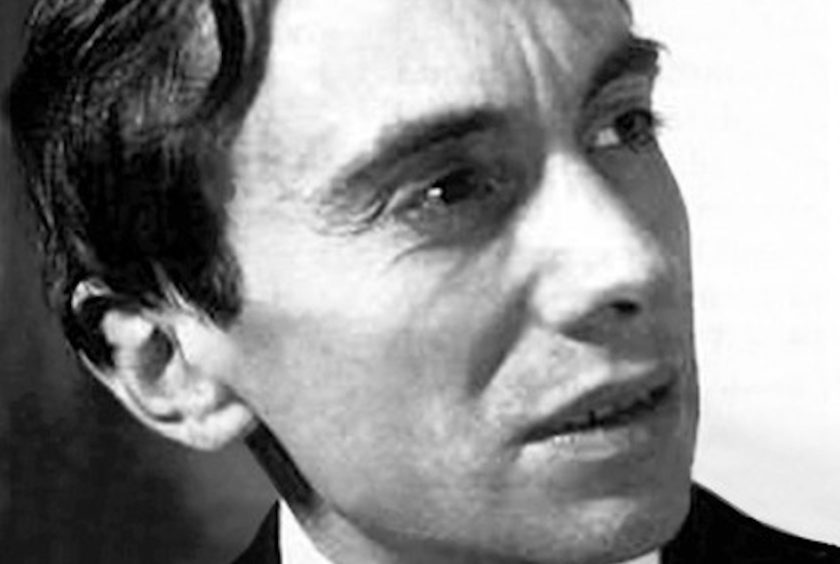
In mentioning Elie Wiesel, reference is made to the “arrival at Auschwitz” which was an “ordeal” (Scepi, p. XIX). The expression confirms the above-mentioned amalgam, exemplary of the whole of this volume of the Pleiades. Although the brutality of the descent from the convoy to be immersed in the concentration camp universe with its ritual of humiliation provoked an undeniable cognitive rupture in the deportee that could be fatal, here, with La Nuit, it is selection that is at stake, not an “ordeal. Perhaps it should be recalled that the selection, reserved for the convoys of Jews, consisted in keeping only those who were young and able-bodied enough to work, leaving them a few weeks or months of survival. The others, on average 90%, were sent to the gas chamber. In addition, there are errors, three of which are particularly gross. We read that Piotr Rawicz “chose to give form to a novelistic transposition of his own experience of deportation” (Scepi, XXVIII). On the contrary, Rawicz transcribes the experience of the ghetto and the generalized hunting of Jews in Eastern Europe and, more precisely, in Ukraine and Poland. The Blood of Heaven is not a “writing of the camps”. It is also necessary to point out that, contrary to what Montcond’huy suggests, Levi does not go into what he calls the “gray zone” in any depth during a “dialogue at a distance [sic] with Jean Améry” (Montcond’huy, XLVI). There was only an imaginary dialogue between Levi and Améry in the 1970s (see Irène Heidelberger-Leonard’s biography of the latter), but the elaboration of the grey zone dates from much earlier. As early as the first version of If This Is a Man, Levi worked on the question of forms of forced or consented collaboration and the moral questions that underlay them. In the 1960s, his thinking matured through direct exchanges with Herman Langbein. Then, after the revealing reading of Jacques Presser’s La Nuit des Girondins, he focused on the problems posed by the ghetto leaders and the Sonderkommandos, which he then described as a “gray area. Finally, in response to the question: ‘who testifies?’, it is unfortunate to read that “it is never the deportee, the one who was locked up, who suffered, ‘over there'” (XXXVIII). For this seriously sidelines the clandestine authors who, shortly before perishing, buried their manuscripts, some of which contain undeniable literary qualities, such as those of Zalmen Gradowski, Sonderkommandos in Auschwitz-Birkenau, and Katzenelson in the Vittel camp (in France). Here again, this Jewish fact has no existence in the argumentation on which the edifice of this Pléiade is based.
I have drawn a very negative picture of these two introductions. It is true that such a subject does not suffer from imprecision. Does it belong more to history than to literature? This is the difficulty of the testimonial and memorial domains: no discipline knows how to define them, while all are required to understand them. One doubts the competence of those responsible for this scholarly edition to direct it, when there would be, in France, a dozen academics and intellectuals qualified for this task. As for the strictly literary biases – a field in which the two critical authors are specialists – they’re allowed here, one might say, to ask demanding questions. But these questions underline even more by contrast the failing points on which I have dwelt.
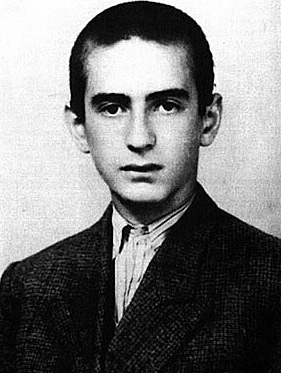
Although widely heard, the questions related to the new forms experimented in literature or the way in which the authors draw from the literary culture to testify of their limit experience are among the aspects to be brought to the benefit of these introductory remarks. If one does not wonder why, in such a context, Henri Scepi mentions Malraux so many times, since the latter’s work and thought are so far removed from the subject, on the other hand, it is with interest that one discovers Dominique Montcond’huy, whose frequentation of the corpus is not in doubt, taking a position in a debate which, some time ago, animated the land of testimonial studies. He thus sides with those for whom testimony is not a genre: “The very vagueness of the status of these works does them a disservice in a certain way: no clear generic category identifies them, at least from a strictly literary point of view” (XXXVIII). Similarly, further on, he rightly considers that qualifying these texts as documents “should not obscure their literary dimension […] nor make them prisoners of a reductive classification, alien to the authors’ intentions.” This is why to have used so lightly the generalist and obsolete category of “camp” appears totally inappropriate in a Pléiade that should have responded to the needs and shortcomings of a time that, today, delights in amalgams.
Philippe Mesnard
Philippe Mesnard is a professor of comparative literature at the University of Clermont Auvergne and member of the Institut Universitaire de France. Director of publication of the journal “Mémoires en jeu”.
Notes
| 1 | Around L’Espèce humaine (1947) [Translation : The Human Race] by Robert Antelme, the volume brings together L’Univers concentrationnaire (1946) [Translation : The Other Kingdom] by David Rousset , La Peinture à Dora (1946) [not translated] by François Le Lionnais, Nuit et brouillard [Translation : Night and Fog] and De la mort à la vie [not translated] (1955) by Jean Cayrol, La Nuit (1958) [Translation : The Night] by Elie Wiesel, Le Sang du ciel (1961) [Translation : Blood from the Sky] by Piotr Rawicz, the trilogy Auschwitz et après (1970-1971) [Translation : Auschwitz and After] by Charlotte Delbo and L’Écriture ou la vie (1994) [Translation : Literature or Life] by Jorge Semprun. |
| 2 | Unfinished and for a long time unreleased, the film was titled in its original form German Concentration camp Factual Survey. The version that appeared under the title Memory of the Camps dates from 1984 |

